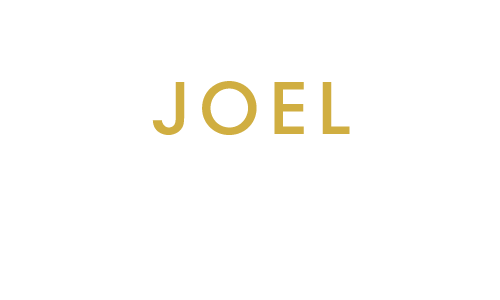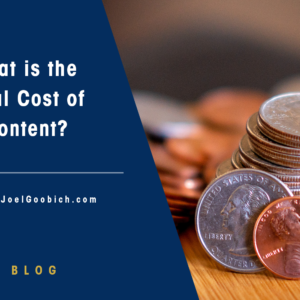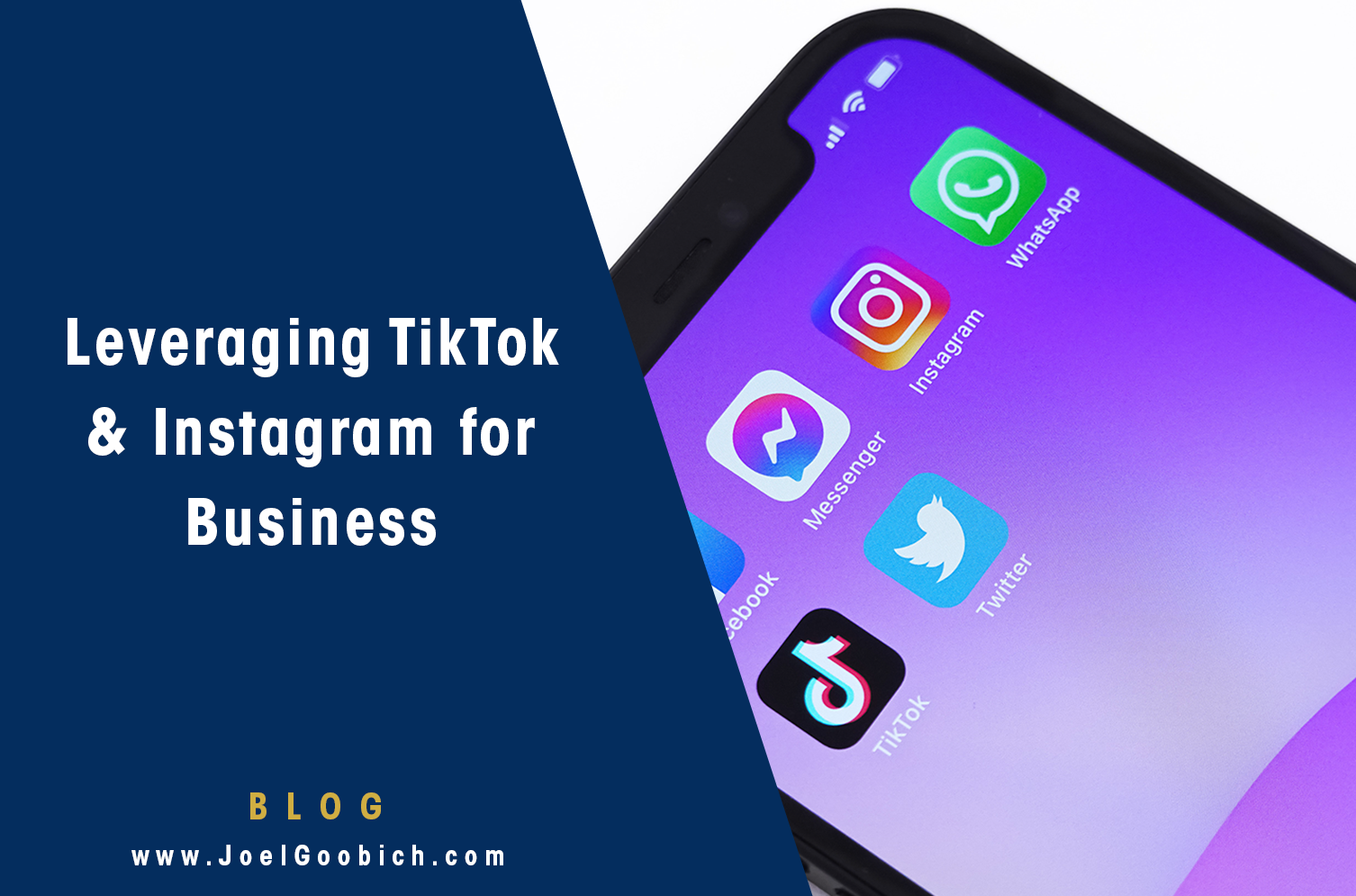The Holy Grail of Marketing is Shareable Content
Here’s a rule of thumb to live by – If good, share it! — a philosophy that can be beneficial when it comes to content. To achieve this goal for content marketing purposes, however, content must be share-worthy.
Shareable content, like any other aspect of marketing, requires some careful thought and effort.
Below, take a closer look at what can be considered the Holy Grail of marketing today — compelling content likely to be shared.
What Is the Value of Shareable Content?
Content engagement that involves sharing viewed and shared items has tremendous intrinsic value. Shareable content can boost brand awareness and be especially useful for newer or smaller businesses that lack the instant name recognition that benefits larger brands.
Relevant and compelling shared content also contributes to:
- Brand equity
- Brand authority
- Brand trust
Brand equity, the ability to sway consumers, leads to brand authority. Brand authority creates credibility, which, in turn, contributes to brand trust. Since Google likes these qualities, equally impressive SEO perks associated with shareable content can result, too!
An ROI Boost
Essentially, share-worthy content involves initial creation (updated as necessary) and distribution work by the intended audience. A snowball effect results where the initial content more than “pays for itself” in terms of the content engagement it inspires.
Additionally, people will come back to the source once they know where they can get more awesome and relevant content to share. This further boosts the ROI value associated with shareable content.
Plus, it evens the playing field. Businesses don’t need to be a big brand with a big budget to get the big payoff with content that encourages sharing!
What Type of Content Is ‘Shareable’?
As for the type of easily-shared content — arguably, any type of relevant, well-crafted content can become shareable content. That said, some types of content tend to be easier to share.
Easily shareable content typically includes:
- Blogs
- Articles
- Gifs
- Memes
- Podcasts
- Videos
- Social media posts
- Tweets
Shareable content can be original or third-party content. As long as the content targets the intended audience, it has the potential to be well-received and shared.
How Does Automation Software Help with Content Sharing?
The never-ending to-do list reflects what today’s busy business owners deal with daily! Over-stretched business owners can ease their content-related burdens, however, with automation software.
For example, options for email marketing software include Constant Contact and MailChimp. And social media sites, like LinkedIn, Twitter, Instagram and others fill an ever-increasing demand for sharing content.
How Can User-Generated Content Inspire Sharing?
Many options exist for shareable content. For instance, user-generated brand content can leverage for sharing content — an option more specific to B2C content because of the way it typically works.
Furthermore, a social media campaign on visual platforms like Instagram and Pinterest could include a contest involving user-submitted content. The relevant submissions can then be used to encourage sharing.
Similar techniques can apply to other aspects of content marketing. User-generated content, regardless of how solicited, tends to be easy to obtain since people typically love to share their content with a favorite brand or business.
Where Can Content Be Shared?
Relevant, quality content can be shared in many places with online accessibility. Where to share it will depend on several business-specific factors such as the nature of the business. For example, LinkedIn — the top platform for B2B engagement — works best for B2B content engagement and represents an especially useful place to share third-party content and to provide your specific comments about it.
Social Media
Unsurprisingly, social media serves as a great place for sharing content. The type of content shared this way will depend on the typical audience for each platform. As mentioned above, Instagram and Pinterest represent the top visual content platforms. Therefore, these two platforms would work better for those that want to solicit and share mostly visual content.
Facebook, on the other hand, has a broader audience and has a platform that allows users to easily share all forms of content — including both text-based content and visual content. Twitter tends to work better for shorter content while Snapchat works better for content aimed at younger audiences.
Website Blog Posts
Shareable content on web-based blogs can take many forms, including links or full posts with attributions. Also, shareable blog content on a website boosts traffic for the site itself — a win-win!
Email and Newsletters
With emails and newsletters, people can share content from subscribers with their non-subscribing friends. If the content captures those friends, they could then become new subscribers — one way how emails and newsletters can encourage content sharing.
Tracking Results with Shareable Content
Shareable content performance, like any other type of online content, can (and should) be tracked. After all, having as much data as possible when making content decisions proves prudent. Results from careful monitoring of content performance can help a business learn what type of content inspires the most sharing.
Key Takeaways
- Shareable content can boost brand equity, authority, and trust.
- Share-worthy content can provide a significant ROI boost for businesses.
- Everything from memes and articles to videos and podcasts can become shareable.
- Automation software can make the process of discovering and distributing content that encourages sharing a much easier and more organized process.
- Businesses can share content online, including social media, email campaigns, and popular B2B platforms like LinkedIn.
[reposted with permission from The Content Insights Blog by Vestorly]






